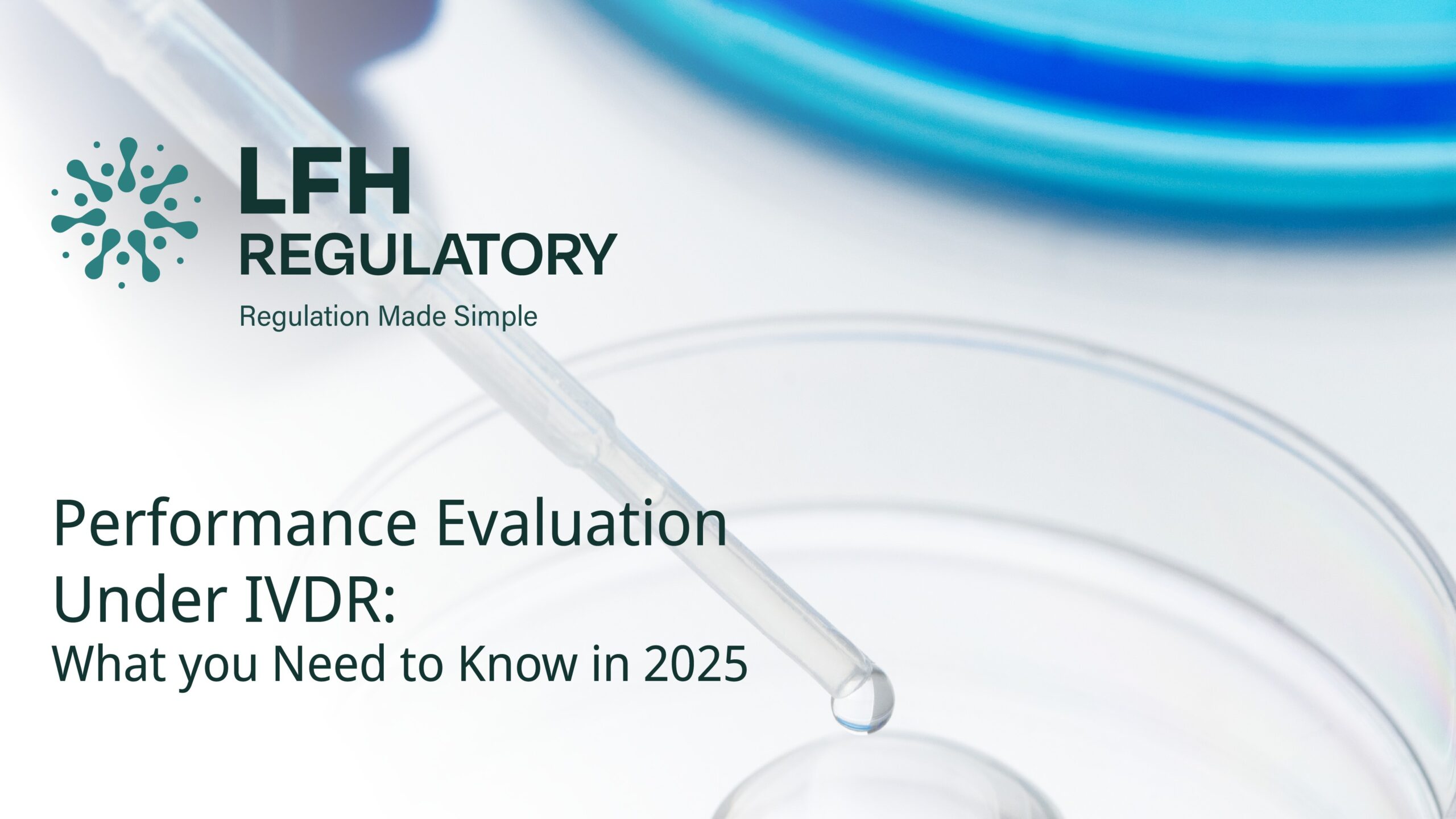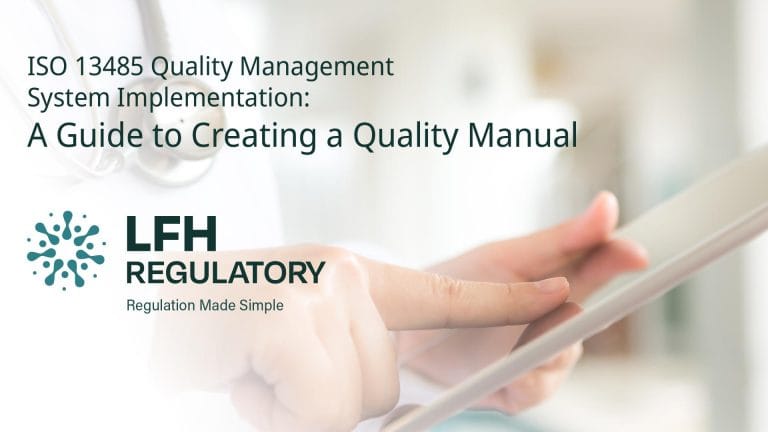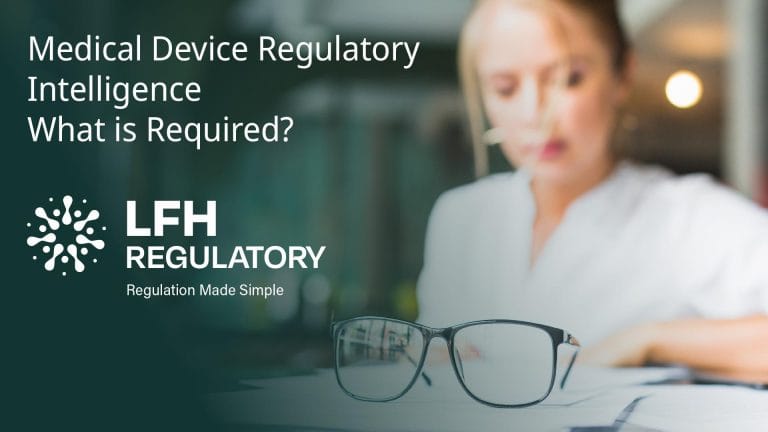The In Vitro Diagnostic Regulation (IVDR) introduced stricter rules for IVD devices and has fundamentally changed how IVD manufacturers demonstrate the safety and performance of their devices. The requirements for performance evaluation are described within Chapter VI of the IVDR and supported by Annexes I, II, III and XIII.
The IVDR, with a special focus on Performance Evaluation, is dominating regulatory discussions – and as 2025 transition deadlines approach, manufacturers must ensure full compliance with performance evaluation requirements. Here’s an overview on performance evaluation under IVDR, which breaks down exactly what you need to know in 2025 – and outlines our experts’ thoughts on best practice to help you ensure compliance.
What does IVDR mean by performance evaluation?
All IVD manufacturers must establish a performance evaluation procedure that describes how to conduct scientific validity, analytical performance and clinical performance, to address the clinical evidence (IVDR Article 10(8) f). Performance evaluation is a mandatory scientific assessment proving that an IVD device is backed by science and state of the art (Scientific validity), functioning as intended (analytical performance), and used as intended to detect the clinical indications (clinical performance).
What are the 3 core elements of IVDR performance evaluation?
1.Scientific Validity
Demonstrate that the device’s analyte (e.g., biomarker) is clinically associated with the disease. The scientific validity could be demonstrated using peer-reviewed literature, clinical practice guidelines & consensus standards (e.g., CLSI, ISO) or the historical data (for legacy devices), as well as real-word evidence (RWE).
2.Analytical Performance
Demonstrate that the device correctly detects/measures the analyte in the lab. The required testing per MDCG 2022-2 includes the precision (repeatability, reproducibility), trueness (bias), analytical sensitivity & specificity, Interference/cross-reactivity, measuring range, and the limits of detection (LoD)/quantitation (LoQ) studies.
3.Clinical Performance
Demonstrate that the device performs effectively in real-world clinical settings. For example, data evidence demonstrating diagnostic sensitivity and specificity, positive and negative predictive values (PPV & NPV), likelihood ratios, clinical intended use and target population, and the expected values in target population.
The data source for supporting the clinical performance could include clinical performance studies, literature reviews and real-word data (e.g., hospital lab results).
For Class D and most of Class C devices, clinical performance studies are typically required; however, for most Class A and Class B devices, clinical performance may be supported by the existing literature if sufficient literature data is available.
In summary, the Performance Evaluation Report (PER) must include:
• Device description & intended purpose
• Scientific validity assessment
• Analytical performance and clinical performance data
• State-of-the-art comparison
• Benefit-risk determination
• PMS plan or PMPF plan (for ongoing data collection)
Key Regulatory Deadlines Impacting Performance Evaluation
Mandatory QMS implementation for all IVD manufacturers is now required– the deadline of 26th May 2025 has passed.
The IVDR Article 10(8) requires all manufacturers of IVDs to comply with all applicable requirements – including an effective QMS – to obtain CE Marking under the IVDR. The amendment (EU) 2024/1860 (published 9 July 2024) introduces new transitional provisions for IVDR compliance, including a mandatory QMS implementation deadline of 26 May 2025 for all IVD manufacturers (regardless of device class).
Increased scrutiny of Class D devices. 31 December 2027, but manufacturers must have lodged a formal application with a notified body and submitted a PER by 26 May 2025 for Class D legacy devices.
Transition period deadlines. No further extensions expected – the EU has confirmed these are the final deadlines.
Harmonised standards updates. Ensure you’re using the latest versions.
How can manufacturers ensure IVDR compliance in 2025?
• Start performance evaluation early in device development
• Performance evaluation is an ongoing requirement (not just pre-market). It must be updated regularly
• Keep the literature search methodology well documented and avoid using outdated literature
• Leverage existing literature and historical data where possible; however, manufacturers should also be aware of not relying solely on legacy data without IVDR-level evidence
• Real-world evidence is important data for clinical performance
• Maintain rigorous post-market surveillance to support ongoing evaluation
• Class D legacy devices: Submit PER + PMS Plan by 26 May 2025 – Ensure you submitted PER + PMS Plan by 26 May 2025.
• If post-market performance follow-up (PMPF) is required, the manufacturer should establish a realistic PMPF timeline.
• Review existing performance data against MDCG 2022-2. New IVDs must follow MDCG 2022-2 for CE marking. MDCG 2022-2 is not optional as weak PERs get rejected
• Engage with notified bodies early for complex cases
The implementation of performance evaluation under the IVDR has been complicated since the beginning. Manufacturers should conduct the performance evaluation as an ongoing process, not just a pre-market checkbox. They should also start the performance evaluation early in device development, using a mix of data sources (literature, clinical studies, RWE). It’s important to ensure PER is comprehensive and up-to-date for NB review, and to review existing performance data against MDCG 2022-2.
For complex cases, consider regulatory consulting support to navigate increased Notified Body scrutiny.
Time is running out – start your performance evaluation updates now!
Contact Us
If you’d like more information, please feel free to contact us by email at info@LFHregulatory.co.uk or phone on +44 (0)1484662575.






